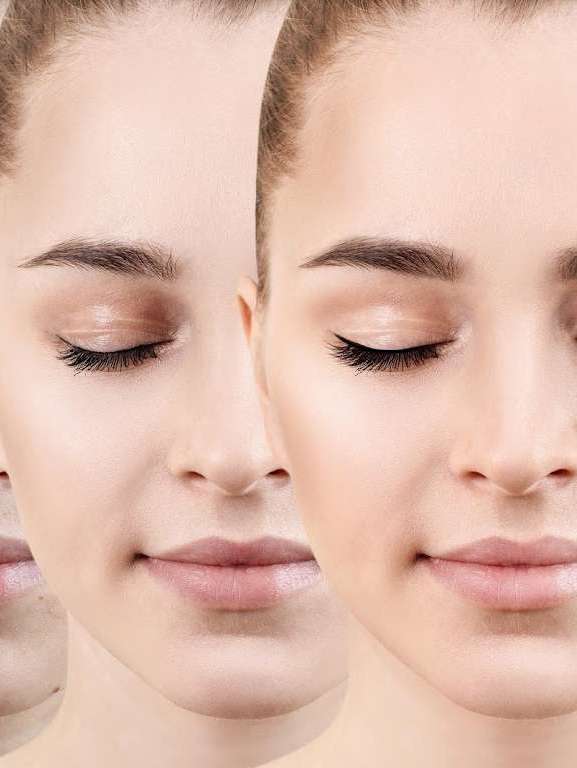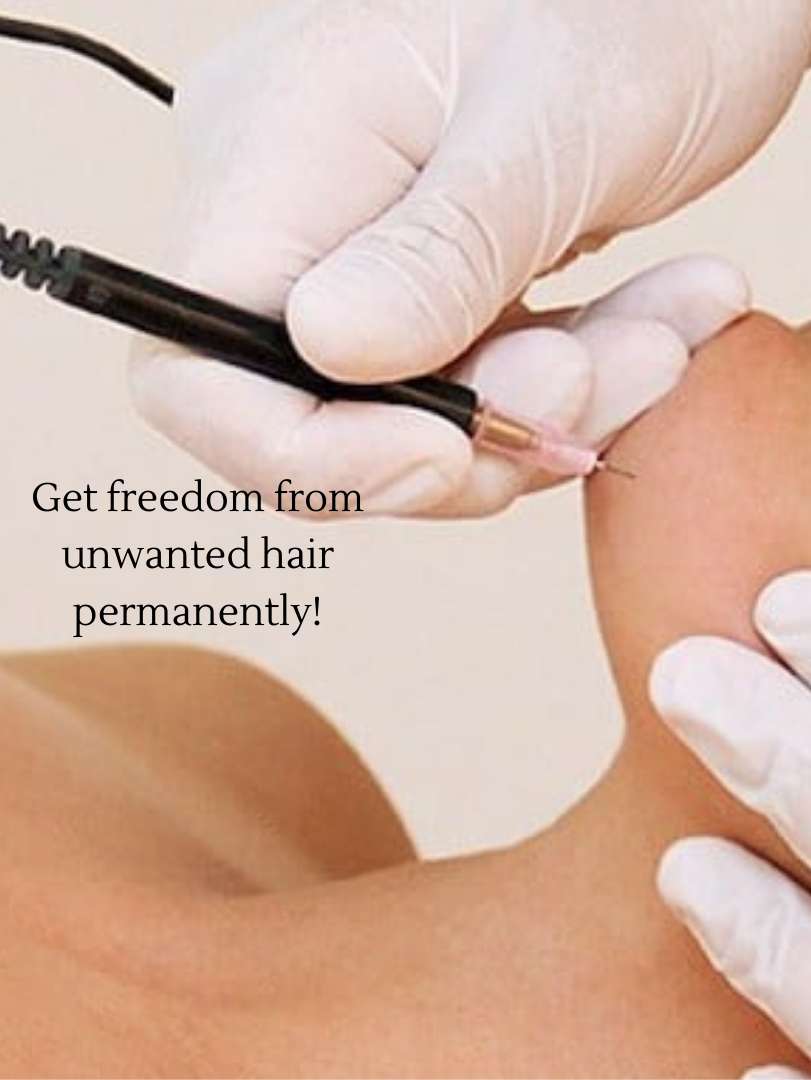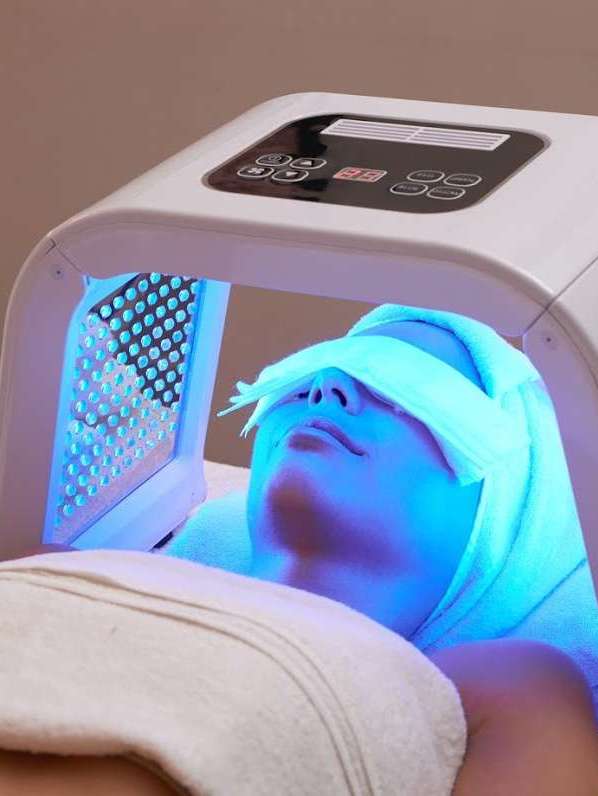Our Services
Learn more about our products & services
Follow us on Instagram
Client Testimonials
Crystal R., ⭐⭐⭐⭐⭐
“From day one, Jessica has been an amazing and knowledgeable esthetician. Jessica is friendly, recommends the best products and provides a simple step by step regimen for healthy skin. My two teenage daughters love seeing Jessica. I have seen a dramatic change in their teenage skins and a new confidence. Our faces have never been better. Thank you, Jessica!”
Lisa S., ⭐⭐⭐⭐⭐
“Jessica is the best esthetician ever. No matter what my skin throws at me, acne, age spots, fine lines, dull, Jessica has the answers and treatment to repair and brighten my skin and lift my spirits. She is always professional and the only one I have trusted for years.”
Tonia L., ⭐⭐⭐⭐⭐
“Love getting my Jessica facials! So relaxing and my skin always feels fresh and clean. I also liked getting a lash lift. Great for when I’m wearing my mask and no other make up. Every time I go see Jessica my older skin feels better. She is a true professional!”
Lisa S., ⭐⭐⭐⭐⭐
“Thank you Jessica for reversing the damage the stresses of 2020 are playing on my skin. I can totally see the difference peels, microblading, and great products make. I love how my lash extensions are an extra added pick me up too!”
Jerry P., ⭐⭐⭐⭐⭐
“I have been seeing Jessica for 6 years and have been treated for rosacea. I use Exlinea, Rejuvenating serum, and pigment gel every day and my rosacea has diminished greatly. She is amazing!”









